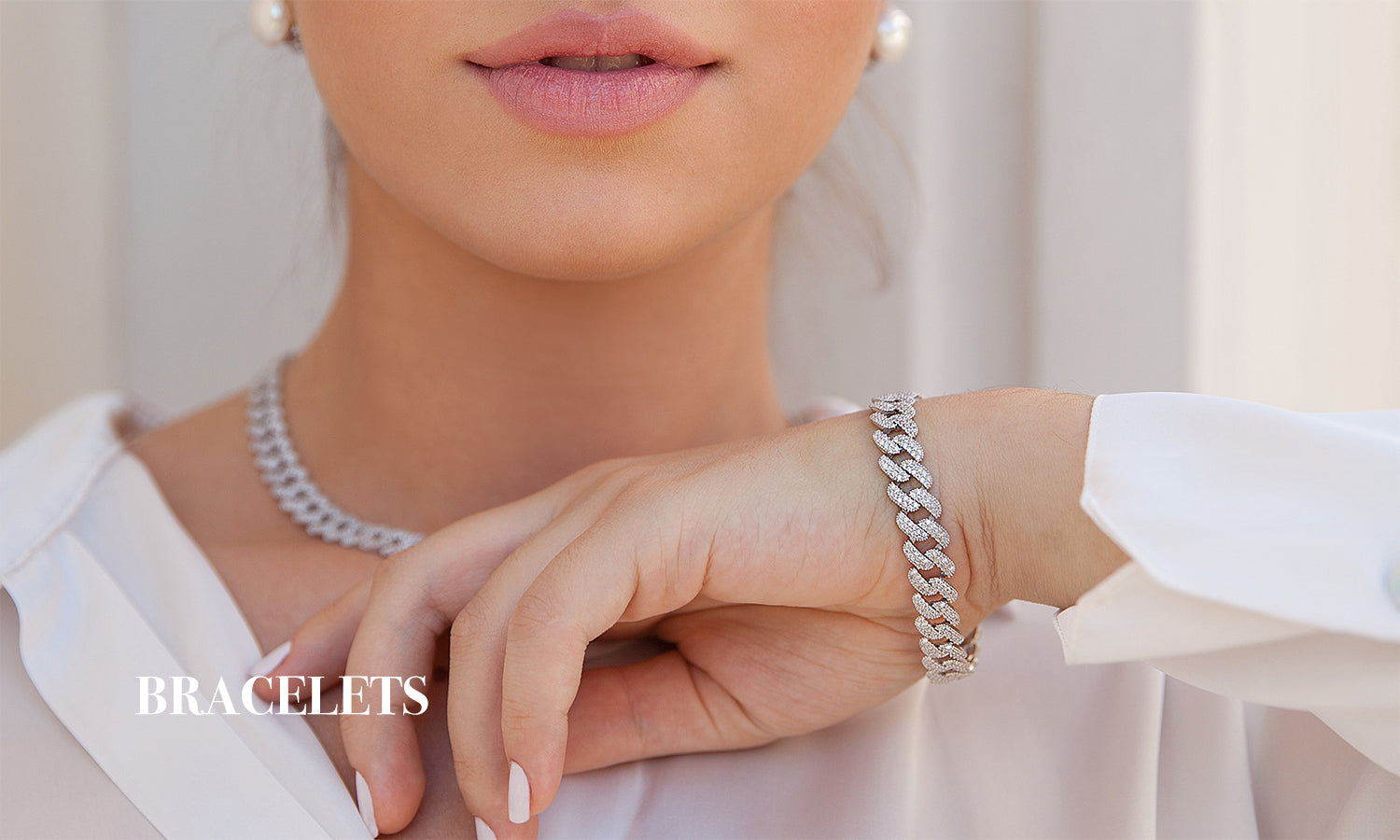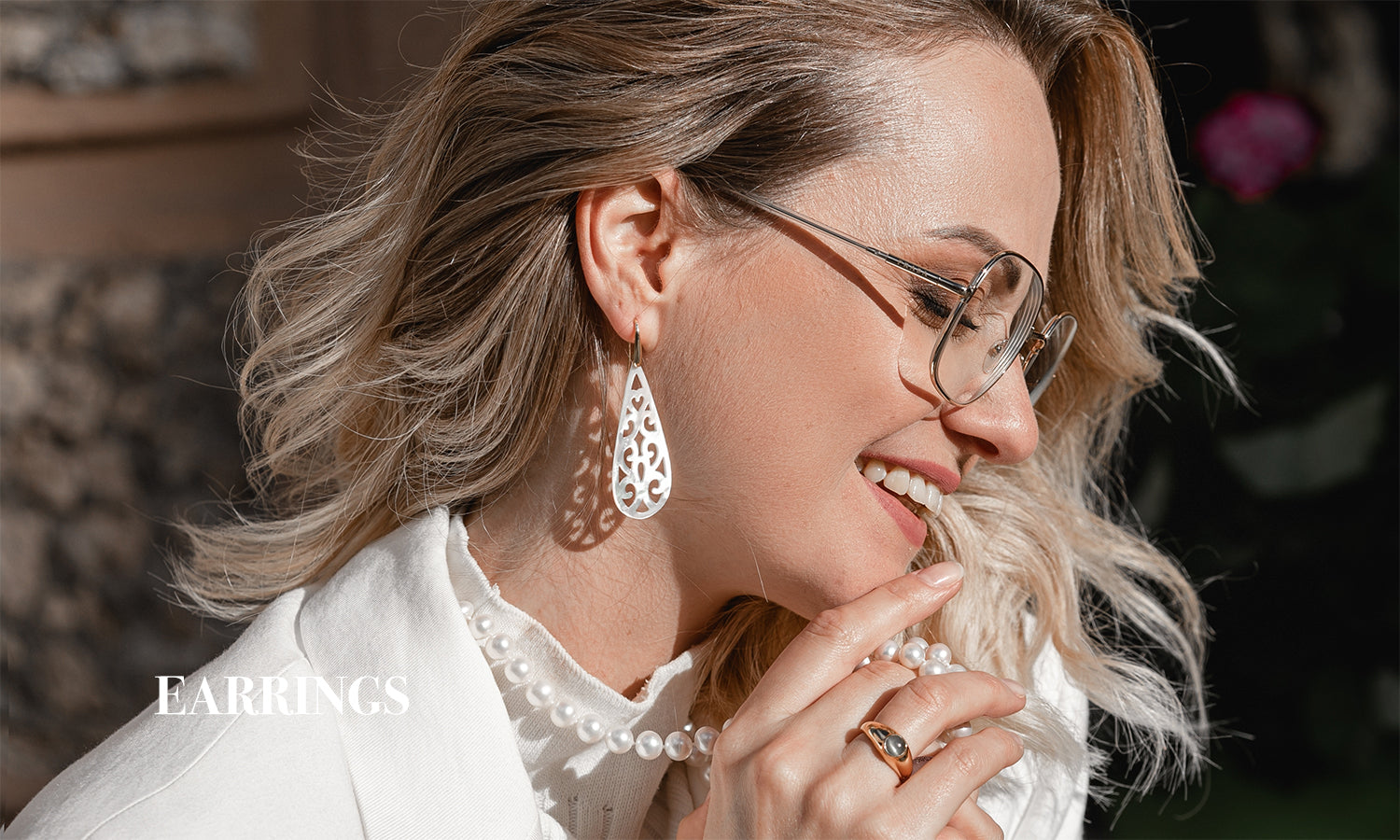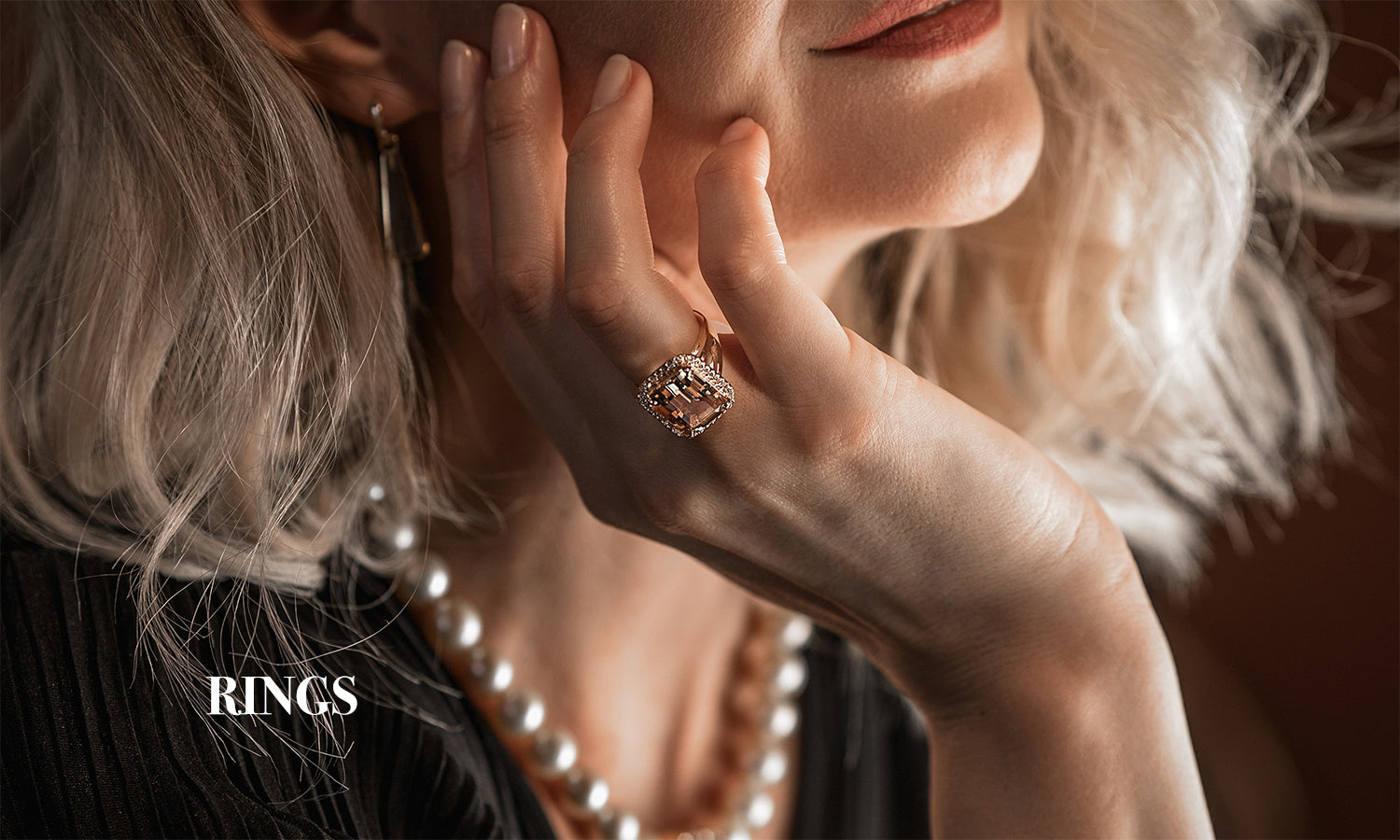You have probably heard of the Mohs scale when buying your gemstone jewelry. But, do you know what it means? This concept is very important to know the hardness of materials, so today in Planderful we will tell you everything you need to know about the Mohs scale.

Source: https://sptab.com/the-mohs-scale/
First, what is hardness?
The Hardness of something stands for the resistance of a certain material to get scratched by another material. To measure the hardness of a material, the Mohs scale is used, a scale of 1 to 10, with a hardness of 10 corresponding to the hardest material, which according to this scale is diamond. Therefore, the wear resistance of a stone, either by friction or erosion by various elements, generally increases with hardness. The greater the hardness of the metal, the greater the resistance it has to deformation.
You may be interested: Moissanite vs. Diamonds: What You Need to Know
Important hardness measurements are:
- Scratch hardness: this measures how resistant a sample is to fracture or permanent plastic deformation due to friction between a sharp object. The Mohs scale is the one commonly used to measure it.
- Penetration hardness: This measures the resistance of a sample to deformation of the material due to a constant compressive load from a sharp object. The scales of indentation hardness are Rockwell, Vickers, Brinell, and Shore.
Rebound hardness: For this, the height of the "rebound" of a diamond-tipped hammer falling from a fixed height on a given material is measured. In this case, Bennett's hardness scale and Leeb's hardness test are used to measure rebound hardness.
Now to the Mohs Scale
Since the classification of minerals began, it was observed that some method was needed to differentiate the degrees of hardness of minerals. One of the first, and which is still widely used today due to its ease and practicality, although not very scientific, is the Mohs Hardness Scale, one of the most important tests for the identification of mineral samples.
This type of hardness scale originated in 1822 by the German geologist and mineralogist Friedrich Mohs and is based on the fracture of the mineral or its deformation produced by friction by another mineral. The Mohs hardness scale is one of the oldest forms of hardness measurement and involves observing whether a surface of a material can be scratched by another known substance or material with an already defined hardness.
The test is used to compare the resistance of a mineral to get scratched by other ten reference minerals best known as the Mohs hardness scale, therefore, it is said to be a relative test. This scale includes 10 minerals, which are ordered on a scale ranging from 1 to 10 according to the hardest. Diamond is placed in this last value, followed by corundum, topaz, quartz, orthoclase, apatite, fluorite, calcite, gypsum, and talc.
Each mineral can scratch all the numbers assigned below it, and it is scratched by all those minerals with a number higher than it. For example, diamond scratches all minerals, being the hardest in nature, or, on the contrary, talc can be scratched by all others. This classification is very useful as it allows us to differentiate very similar minerals such as calcite or quartz but whose hardnesses are very different.
Likewise, using the scale of hardness of minerals allows us to determine how much it can be deformed or worn at the moment of using it to build any product. It also determines its brittleness (pulverization), malleability (if it can be extended in sheets), if it is ductile, flexible (it receives any pressure without deforming), and elasticity.
Below, we show you the Mohs scale along with what can scratch it:
- Talc: easily scratched by a fingernail.
- Gypsum: scratched with more difficulty by a fingernail
- Calcite: scratched by a coin
- Fluorite: scratched with a knife
- Apatite: scratched with difficulty by a knife
- Orthosite: scratched with a steel file
- Quartz: scratched with glass/crystal
- Topaz: scratched by tungsten tools
- Corundum: scratched by silicon carbide tools
- Diamond: scratched by another diamond and scratches all the previous ones
In the same way that Mohs establishes these minerals as a measure of hardness, we can find common objects, among which we can highlight:
- Hardness 2-3: a fingernail
- Hardness 3: copper foil
- Hardness 4-5: iron nail
- Hardness 4- 7: glass beaker
- Hardness 5-6.5: knife blade and steel nail file
- Hardness 5-7: steel nail
- Hardness 7: Quartz

Source: https://sciencenotes.org/mohs-hardness-scale/
Hardness Measurement
Assuming that "Hardness" is the resistance of a material to being scratched, the test is carried out by placing a point of one of the above 10 materials on an unmarked surface of another material (which we will call material A). Then an attempt is made to produce a scratch on it (which we will call material B). Here are the four situations that it is possible to observe when comparing the hardness of two samples:
- We try to scratch material B with material A. If we know nothing about the hardness of B we will start with the softer (less hard) Talc.
- If material A (talc) does not scratch material B, then B is harder than the known material A.
- We put as material A another harder material, for example, gypsum.
- If material A (gypsum) does not scratch material B, then B is harder than the known material A.
You may be interested: Mohs Hardness Scale, Gemstone durability & Jewellery Making
So on and so forth until material A scratches material B. The hardness of the sample will be between the harder material that did not scratch it and the one that scratched it.
Determining the degree of resistance of minerals through the Mohs hardness scale allows to establish a numerical relation of its hardness and gives the engineering or mining professional the possibility to know what it is and what he will use it for.
Visit Planderful's website to get your best quality jewelry. Follow our blog for more tips.





